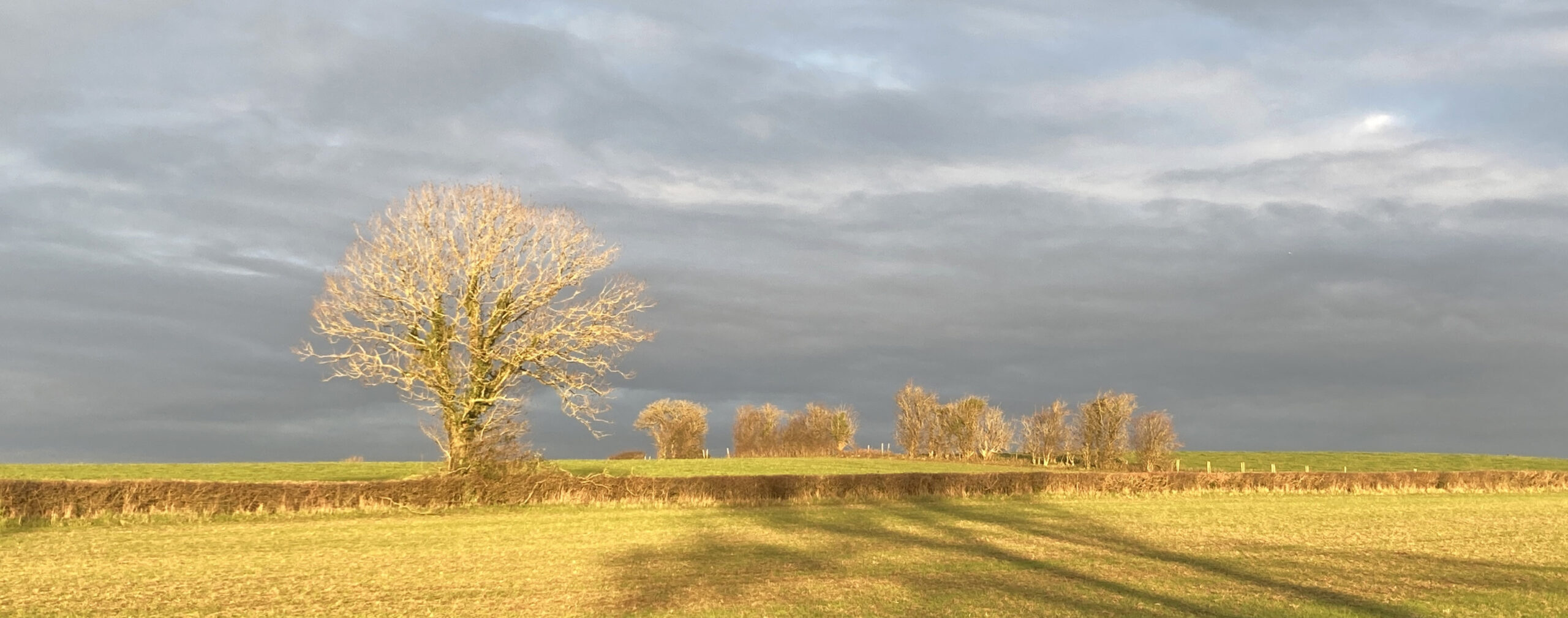A mild morning chilled by a breeze greeted the five members who made the journey into East Kent. The tide was low and the Swale mud held numerous waders, mainly Redshanks interspersed with Oystercatchers and Dunlins with the odd Grey Plover and Curlew. The gulls included three Great Black-backed and a Common while some Brent Geese flew up the Swale and a Buzzard circled. On the sea wall two Rock Pipits appeared and were joined by a Meadow Pipit while among the reeds Stonechats and a Reed Bunting were perched. Close to the sea hide flocks of 100 Avocets and 70 Black-tailed Godwits had gathered before taking to the air in an impressive spectacle. There were a few Great Crested Grebes on the water and common seals were hauled up on the beaches. A couple of Turnstones flew in close. Close to the sluice gates a solitary Greenshank patrolled the mud on the Flood while a variety of ducks could be viewed including Teal, Shovelers, Gadwall, Pintails, Mallards and Shelducks. A visit to the marsh hide proved productive when a Spotted Redshank appeared in close attendance on the Greenshank. Shortly afterwards a Spoonbill landed and put on quite a performance in washing its plumage and then feeding directly in front of the Great Egret. For a final flourish a Sparrowhawk streaked alongside the road pursued by mobbing Crows. The time spent at the reserve yielded a species list of sixty.
Next, four of the group decided to visit RSBP Blean Woods following reports of Lesser Spotted Woodpeckers there. Sadly no LSW could be found but numerous woodland species were seen and heard, especially continuously vocal Blue Tits. At the end two redpolls were spotted feeding on seeds. One had mainly dark brown plumage and was obviously a Lesser Redpoll. The other was much paler. Photographs of it were sent for expert examination, the result of which determined it to be the much scarcer Common (sometimes called Mealy) Redpoll, a welcome consolation for the absence of the target species. Seventeen species were identified at the location.
Tag: Oare Marshes
Oare Marshes 17 September 2022
The rescheduled walk at Oare Marshes attracted only four members, attendance being discouraged no doubt by the disruptive roadworks on the route and the biting north wind. The tide was low and few birds were on the mud near the causeway, just a handful of curlews and lapwings plus a ringed plover. The seawall though held a large flock of starling engaged in a feeding frenzy among the seaweed. A solitary wheatear bounced by jauntily and a single great crested grebe fed on the Swale. The creek held two shelducks while a greylag flew over, the only waterfowl seen during the walk. The wrecked boat afforded a roost to perhaps sixty redshanks but that sector otherwise offered little but some goldfinches and meadow pipits and the squeal of a water rail. Almost no birds could be seen on the East Flood until the hide allowed a view of a curlew sandpiper soon joined by two others. Despite hopes of a closer view the sandpipers could not be seen from the road though two dunlins offered opportunities for confusion between the two species. A final scan of the mud back at the causeway was productive only for the two sandwich terns that were feeding alone the Swale. The list of birds identified totalled 37.
Oare Marshes 26 March 2022
Eight members assembled at the reserve on the edge of the Swale on a beautiful Spring morning to the explosive sound of the first of several Cetti’s warblers. The priority was exploration of the West Flood from the sea wall where three garganeys had been reported. The sleeping drake was difficult to spot but when awake offered good views as it walked, swam and finally flew; a female too was briefly see, an excellent start to the day. Other birds on the lagoons included shovelers, gadwall and mallards with curlews, black-tailed godwits and a ruff also allowing distant views. Many skylarks, Mediterranean gulls and a water rail were heard. Back towards the car park there was a variety of waders on the mud, initially redshanks and a few oystercatchers, while a red kite drifted over. A couple of bearded tits appeared briefly in the reedbeds and further along were Brent geese, turnstones and avocets. Off Sheppey several seals basked on the mudbanks. On the reserve reed buntings, a wren, meadow pipits and more bearded tits were spotted while the East Flood held new species including, shelducks, pochards and little grebes. The godwit flock held several individuals already showing their scarlet summer plumage. Two marsh harriers displayed and considerately flushed a snipe into view. Other raptors comprised a hovering kestrel and a drifting buzzard. The species list for the walk totalled 49.

